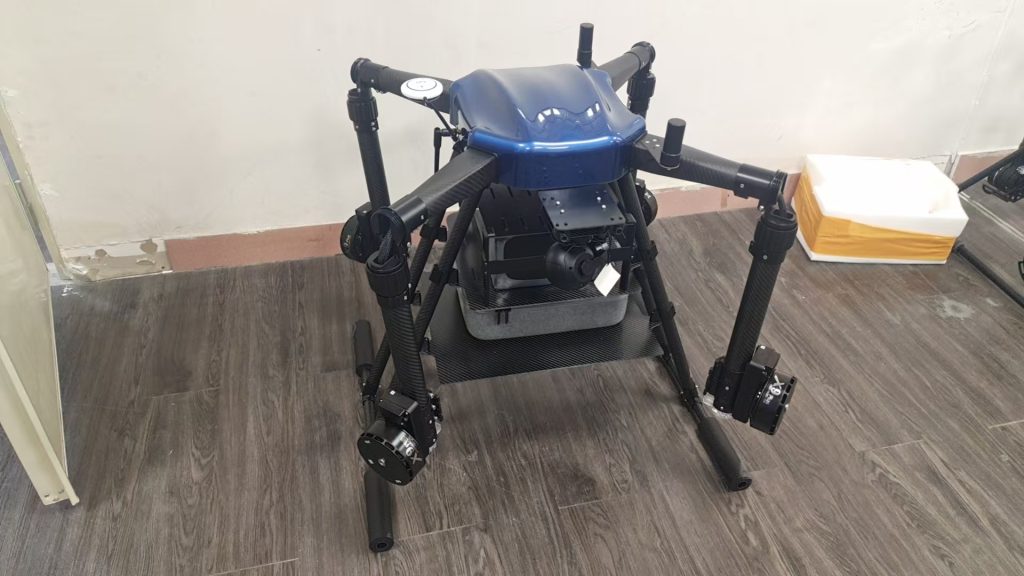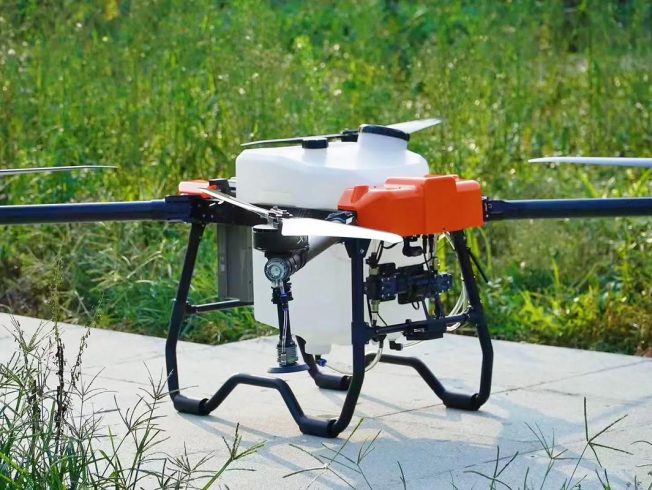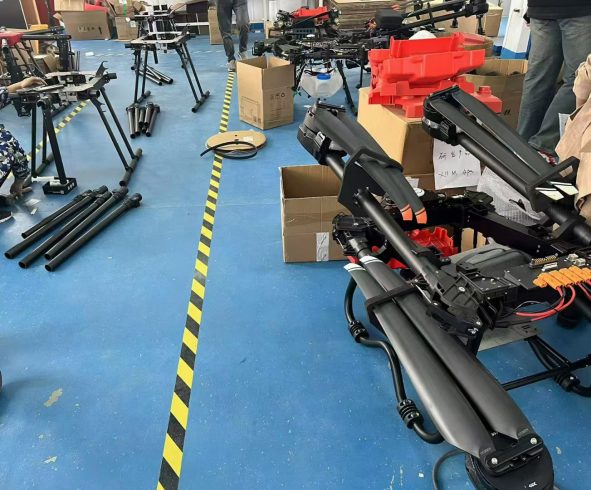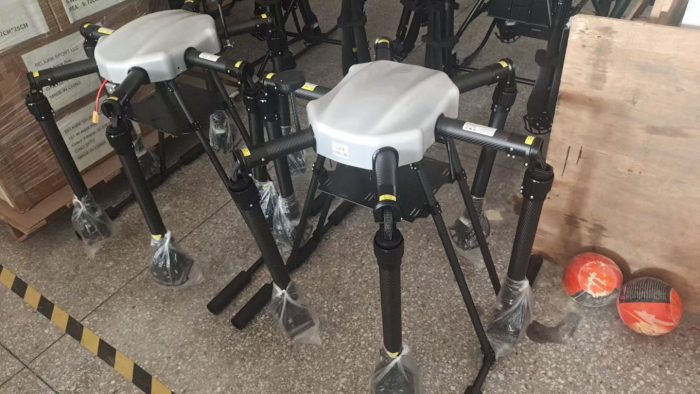
China’s agricultural sector faces unprecedented climate challenges, including erratic rainfall, prolonged droughts, and extreme weather events. These disruptions threaten crop yields, food security, and farmers’ livelihoods. In response, climate-resilient drone sprayers are emerging as a transformative solution, combining cutting-edge engineering with AI-driven adaptability to tackle climate-related hurdles head-on. Designed for durability, precision, and efficiency, these drones enable farmers to maintain productivity in the face of shifting weather patterns. This article explores how climate-resilient drone sprayers work, their benefits, and their pivotal role in building a sustainable future for Chinese agriculture.
—
1. What Are Climate-Resilient Drone Sprayers?
Climate-resilient drone sprayers are advanced unmanned aerial vehicles (UAVs) engineered to operate effectively under diverse climatic conditions. Equipped with weatherproof materials, adaptive nozzles, and real-time environmental sensors, these drones adjust spraying patterns, chemical use, and flight paths to optimize performance in droughts, heavy rains, or extreme temperatures. For China’s vast and varied farmlands—from arid northern plains to humid southern rice paddies—these drones ensure consistent crop protection despite climate variability.
Key Features:
– Weatherproof Design: Rugged, corrosion-resistant bodies withstand rain, dust, and temperature extremes.
– Adaptive Nozzles: Self-cleaning, adjustable nozzles modify spray droplet size based on humidity or wind speed.
– AI-Powered Analytics: Sensors monitor real-time weather data (e.g., rainfall forecasts) to pause or reroute missions.
– Energy Efficiency: Solar-assisted batteries extend operation during cloudy days or power outages.
—
2. How Climate Resilience Enhances Sprayer Performance
a. Drought Adaptations
– Precision Water Conservation: Drones in drought-prone regions (e.g., Henan or Shanxi) apply pesticides in targeted micro-zones, reducing water waste by up to 40%.
– Soil Moisture Sensors: Integrate with IoT devices to avoid spraying on parched soil, preserving critical moisture.
b. Flood and Heavy Rain Mitigation
– Anti-Flood Nozzles: Hydrophobic coatings prevent clogging during monsoon seasons in provinces like Guangdong.
– Automated Pauses: Drones halt operations during storms, resuming only when conditions stabilize.
c. Extreme Heat Management
– Thermal-Resistant Materials: High-temperature-resistant polymers protect internal components in regions like Xinjiang.
– Cooling Systems: Airflow channels prevent overheating during prolonged missions.
—
3. Benefits for Chinese Farms
– Yield Protection: Maintain crop health during climate shocks, reducing losses by 20–30%.
– Cost Efficiency: Cut chemical and labor costs through precise application, saving farmers up to 50% annually.
– Sustainability: Minimize chemical runoff and carbon emissions, aligning with China’s “Ecological Civilization” goals.
– Labor Flexibility: Automate tasks in remote or labor-scarce areas, such as the mountainous terrains of Guizhou.
—
4. Applications Across China’s Agricultural Landscape
a. Arid Northern Regions
– Wheat Fields in Shandong: Drones apply drought-tolerant biopesticides during heatwaves, preserving soil moisture.
– Corn Farms in Jilin: Use AI-driven nozzles to target pests in fields with erratic rainfall.
b. Flood-Prone Southern Regions
– Rice Cultivation in Jiangxi: Self-cleaning nozzles prevent clogging during typhoon season, ensuring uninterrupted pest control.
– Tea Plantations in Fujian: Adjust spray intensity to avoid leaf burn during intense summer downpours.
c. High-Altitude Areas
– Hemp Farms in Yunnan: Drones operate at low temperatures, maintaining efficacy in thin-air environments.
—
5. Challenges and Solutions
High Initial Investment
Advanced sensors and weatherproofing increase upfront costs.
Solution: Government subsidies and pay-as-you-go leasing models make technology accessible to smallholders.
Technical Complexity
Farmers may struggle with AI-driven interfaces.
Solution: Collaborate with local agricultural cooperatives to provide hands-on training and multilingual support.
Maintenance in Harsh Climates
Dust and moisture accelerate wear.
Solution: Modular designs allow quick part replacements, while blockchain-enabled tracking ensures authentic spare parts.
—
6. The Future of Climate-Resilient Sprayers in China
Emerging innovations will further enhance durability and efficiency:
– Swarm AI Coordination: Fleets of drones share weather data to optimize spraying routes during typhoons.
– Bioengineered Nozzles: Nanotechnology coatings repel pests and reduce chemical reliance.
– IoT Integration: Drones sync with satellite forecasts and soil sensors for proactive climate adaptation.
As China advances its “Carbon Neutrality 2060” goals, climate-resilient drones will play a critical role in sustainable farming, supporting both productivity and environmental stewardship.
—
Conclusion
Climate-resilient drone sprayers are not just tools—they’re lifelines for Chinese farmers navigating a changing climate. By marrying rugged engineering with AI smarts, these drones empower agricultural communities to adapt, thrive, and secure food supplies amid uncertainty. For manufacturers and policymakers, investing in this technology is a strategic imperative to safeguard China’s agricultural future. Embrace climate resilience today to cultivate a harvest of innovation and sustainability.












暂无评论内容